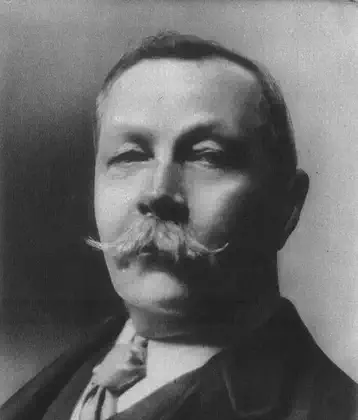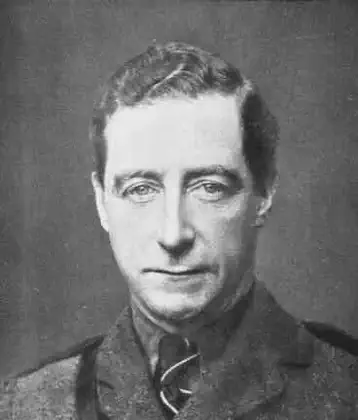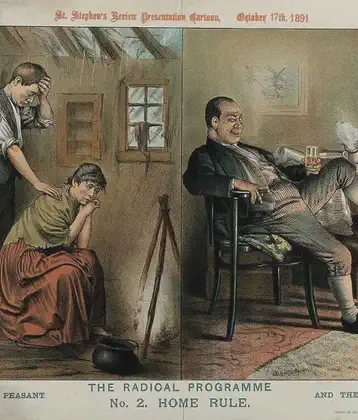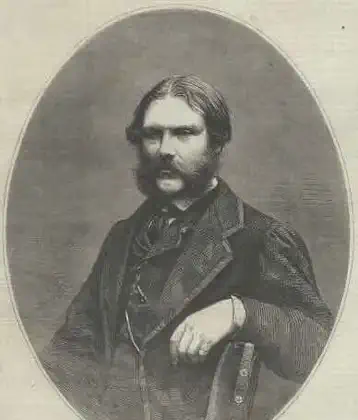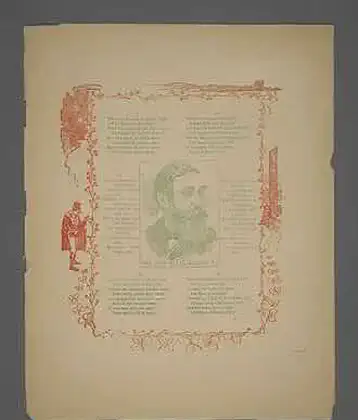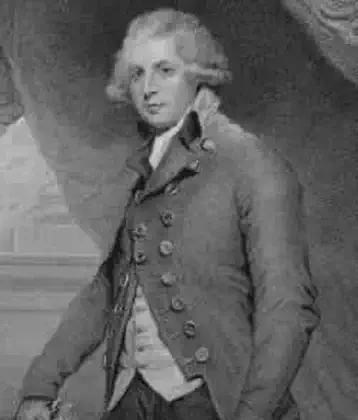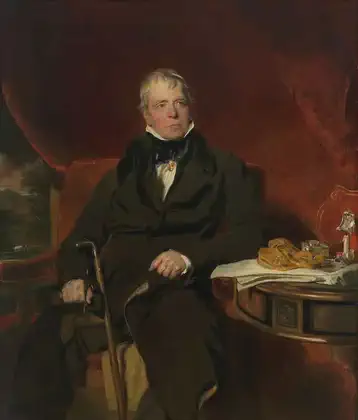On July 07, 1925 in Celtic History
Kelvin hall, glasgow, exhibition burned down
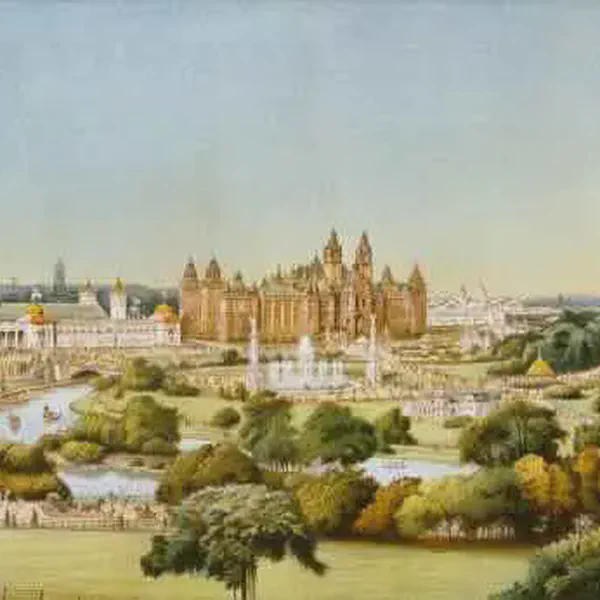
Glasgow’s Kelvin Hall is a well known and loved building with a rich and varied lifetime, having been home to some of the city’s most exciting events, concerts and exhibitions. For more information visit the Kelvin Hall blog.
Original Opening in 1901 to Fire in 1925
There have been two Kelvin Hall buildings.
The first, opened in 1918 and continued the tradition of exhibitions and entertainments on the Bunhouse Grounds including the Machinery Exhibition Hall for the Glasgow International Exhibition of 1901.
Sadly, the first Kelvin Hall building was destroyed by fire in 1925
Kelvin Hall was re-built in 1926-1927 and was designed by Thomas Gilchrist Gilmour and Thomas P. M Somers. Gilmour worked for the Glasgow Office of Public Works Architectural Department and helped to design public buildings within the city, including Pollokshields Library, Shettleston Hall and Public Library and Govan Baths and Washhouses. Somners was the Glasgow Master of Works and Engineer from 1925-1941 and oversaw the works. He was also involved in civic building projects around the city, including working on the King George V Bridge.
Once opened the original use for the new building was to house large scale national and international exhibitions including the Glasgow Civic and Empire Exhibition in 1931 and the Century of Progress Exhibition in 1935.
During the Second World War, Kelvin Hall was converted into a factory for barrage and convoy balloons.
Website
More From This Day
